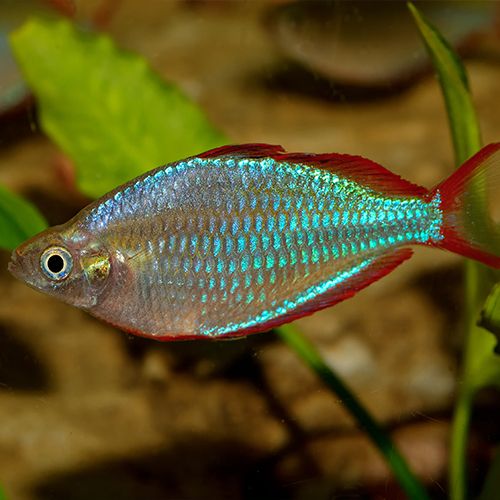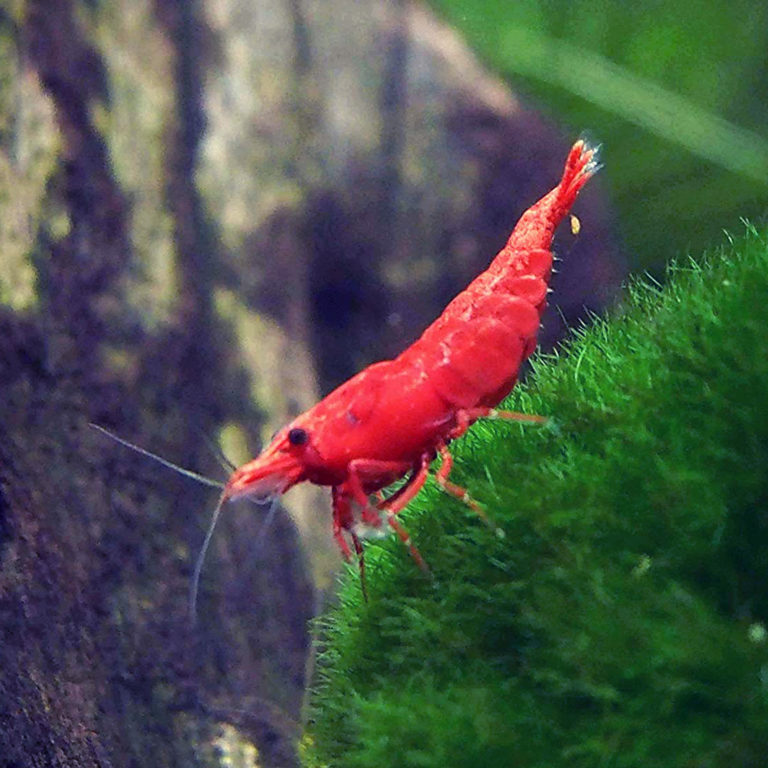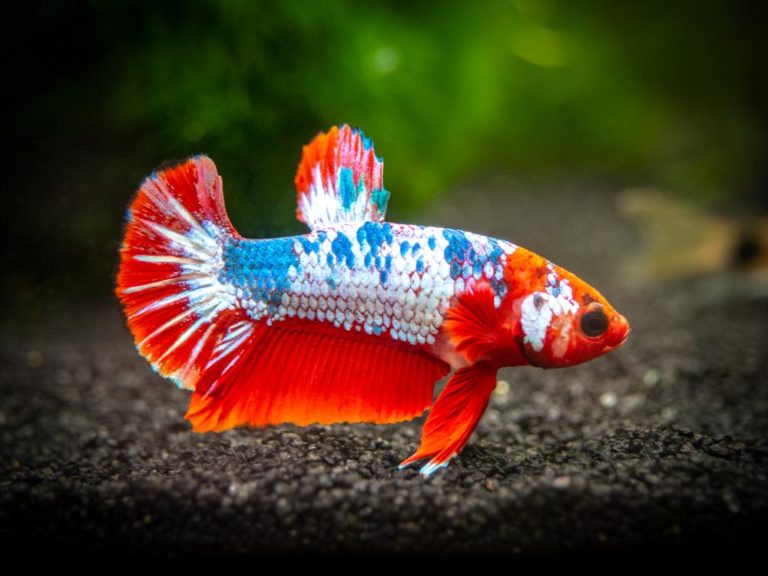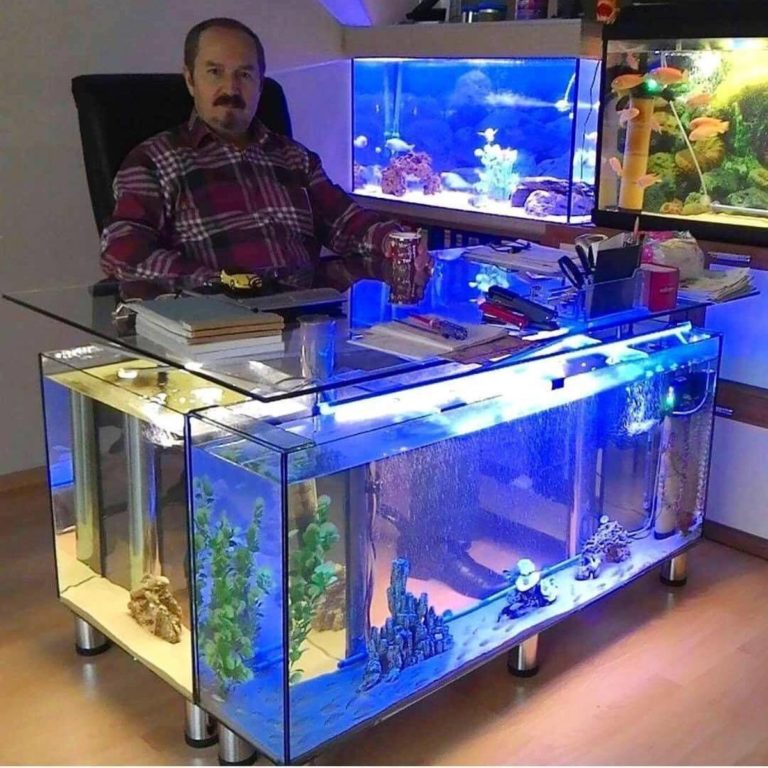Top 6 Aquarium Fishkeeping myths
As with any other hobby out there, Aquarium Fishkeeping has gathered its fair share of myths over the years that outright refuse to die.
Many of these rumors and old wives tales have been perpetuated by inexperienced pet store workers as well as fishkeepers themselves.
These myths may sometimes prove to be fatal for your aquarium and your fish. I’ll be listing down some of the most common ones to help you to steer clear of them.
1. Smaller tanks are easier to maintain
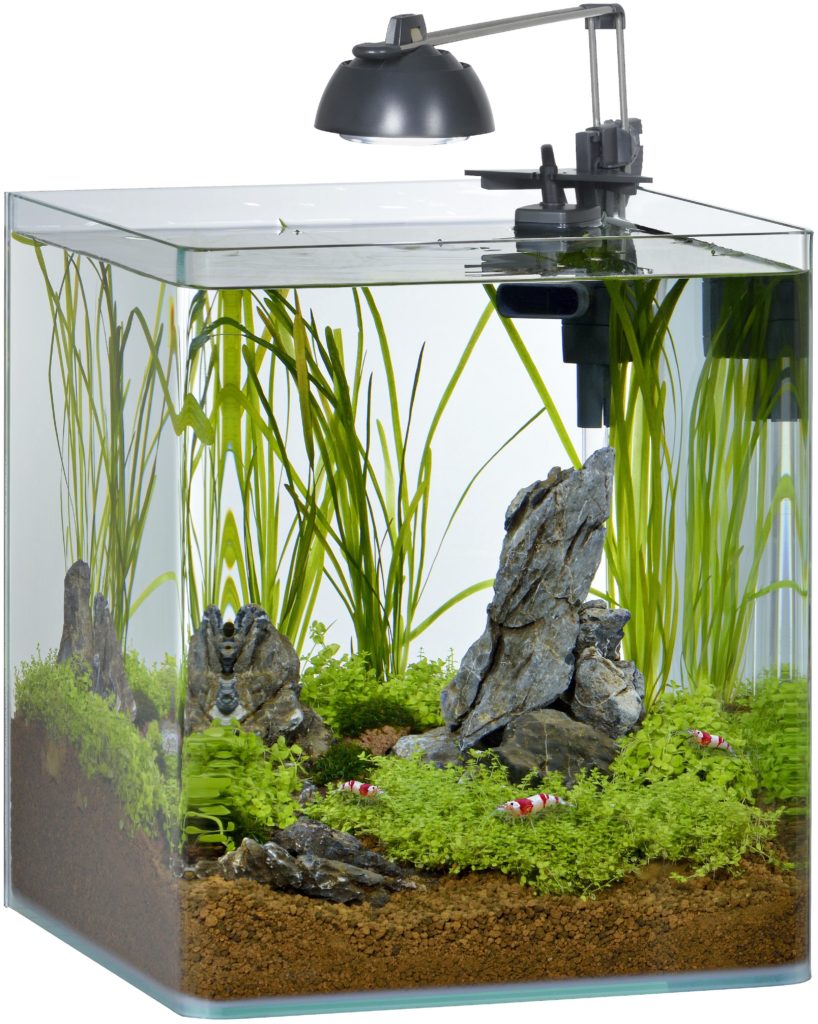
It’s quite the contrary actually. Smaller the tank, Higher the number of problems it will experience.
Some of these problems arise due to low level of dilution which in turn is caused by lower volume of water.
Water parameters such as chemistry and temperature can dramatically fluctuate in a matter of hours or even minutes in some cases, in smaller tanks.
Smaller aquariums also take longer to complete the nitrogen cycle due to the lack of surface area for the bacteria to flourish.
As a rule of thumb, You should always go for the largest tank you can afford or accommodate. Maintaining it will be a breeze and you will get to spend most of your time actually enjoying your aquarium.
It is recommended to never go for anything under 15 gallons as a beginner. Only go for nano tanks once you’ve gathered enough experience as a fishkeeper.
2. Fish only grow to the size of the tank
This has got to be on of the most popular myths still floating around.
This one states that a fish will only grow as much as headroom it is provided with, in the form of the tank’s size.
If this was true, We all would have our very own Whale Shark nano aquarium at our homes.
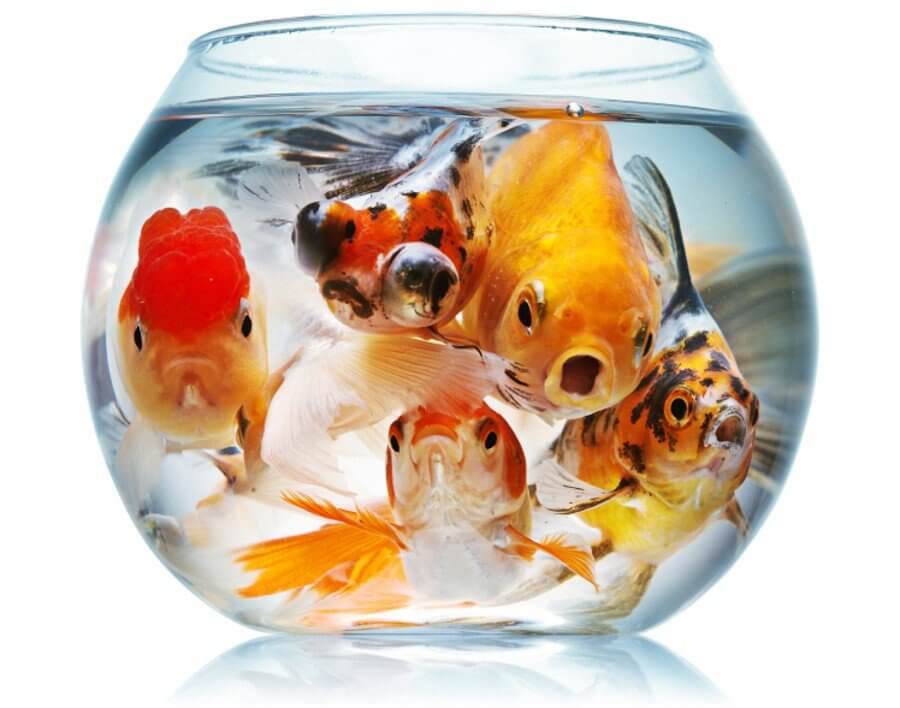
It should basic knowledge by now that Fish are required to be provided with adequate living space to grow normally and lead a healthy life.
Sure, Fish are prone to a stunted growth but that’s due stress induced by poor water conditions and insufficient swimming space in the water column, And this not supposed to be the norm.
To add to that, stunted growth comes with a host of other health problems such as compromised immunity, faulty reproductive system and overall poor well being of the fish.
Please try to avoid this at all costs. Make sure you always research about the potential size of the fish you are planning on getting before making the purchase.
3. There’s such a thing as a ‘Clean-up crew’
Although true to an extent, it’s not a ‘set it and forget it’ kinda deal.
Many of our beloved aquatic critters such as Plecos, Amano shrimps, Otocinclus Catish, Siamese Algae Eaters, various Snail species, etc have acquired a reputation of being the bane of algae.
They indeed do a great job of chomping down the photosynthetic organisms, But are still not ‘one size fits all’.
For example, many of the above mentioned species will not touch the dreaded Black Beard Algae.
If you truly want to get rid of it, Scraping it off by yourself is still your best bet.

Similarly, No scavenger or bottom feeder species will consume fish crap for you. The best they can do is detritus and uneaten food that has sunk to the bottom.
Nothing frees you from your routine siphoning and water changing duties. This is the bare minimum you need to do if you want to keep fish.
4. There should be some salt present in the water at all times to keep the fish healthy
Many fishkeepers and likely even your local fish store will swear by salt for being a tried and tested remedy for many fish health problems and water quality issues.
Adding some salt in the water can help your fish overcome osmoregulatory dysfunction, meaning salt deficiency in their body.
Furthermore, Salt has been known to kill off many parasites. Then again it’s also known to aid some others at growing and getting more resistant.

Hence, Unless you’re keeping brackish species, There’s no need to add salt to your aquarium on a permanent basis.
If you’re planning on planting your aquarium, The salt-bag is out the window anyway.
5. Your need to let your aquarium run for a week/month before adding fish
A lot of people will advise you to let your tank run with the filter on for a week , a month or some other random period of time before adding the fish. They probably have gotten the idea that merely waiting for a given period of time completes the nitrogen cycle on its own, After which it’s safe to add the fish.
But the fact of the matter is that you can’t possibly tell if the tank is done cycling without testing for the water parameters first.
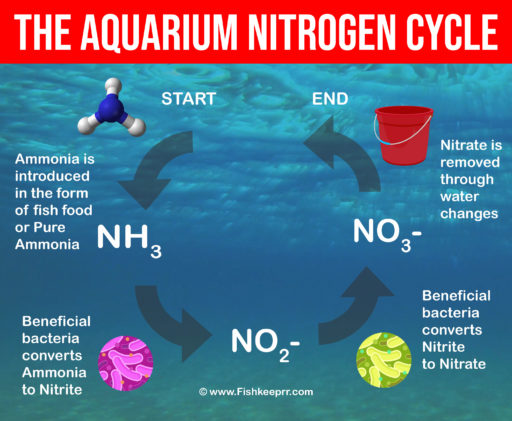
A newly setup aquarium can take anywhere between 2-6 weeks or more to complete the nitrogen cycle, Depending on various factors such as the size of the tank, water temperature, amount of ammonia being introduced, etc.
Use a good quality water test kit to test the water parameters and track down the nitrogen cycle before adding any fish.
6. Goldfish are a good beginner fish
Contrary to what their portrayal in the popular culture and media would have you believe, Goldfish are possibly one of the worst choice for a beginner aquarist.
It isn’t as simple as plopping them down into a tiny bowl, out of the plastic bag you received from the carnival. Goldfish are a very demanding species and require dedicated specialized care.
Despite of starting small, Goldfish can grow up to become as big as 12 to 14 inches (30 to 35 cm) in length. This is a huge factor you need to take into consideration before purchasing one.
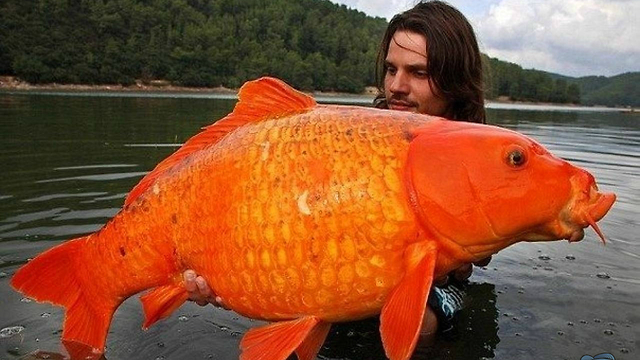
You cannot go for anything under a 20 gallon for a single fish and need to add another 10 gallon for each additional goldfish, Which you’ll most probably need because Goldfish are a very social species and are recommended to be kept in groups of at least three.
Goldfish also require a higher oxygen concentration in the water. So bowls shouldn’t even be an option due to their smaller surface area.
Goldfish are a very messy fish. They excrete a lot more waste and a lot more often than many other species in the hobby. This leads poor water conditions and increased ammonia levels.
Hence, The good ole Sponge filter just won’t do. You will need to ensure powerful mechanical, biological and chemical filtration by using hang on the backs, Canisters, sumps, etc and keep up with the regular water changes.

